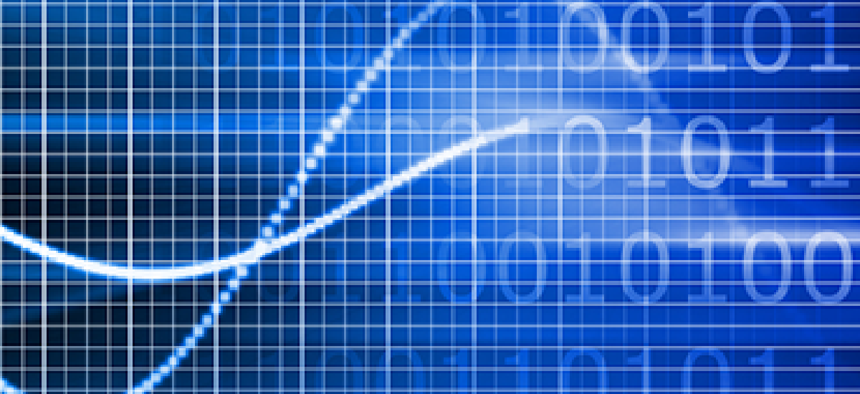How data analytics improves government responsiveness

Imagine the possibilities of better and more effective use of data analytics in the federal government.

We talk a lot about open data, IT modernization and evidence-based policymaking but not nearly enough about how data analytics can enable a more efficient and effective government. After all, what is it that resides in those systems we are trying to modernize? Data -- and lots of it.
It's no secret that we're experiencing massive data growth. Forbes predicts that the digital universe of data will grow to 44 zettabytes (that's 44 trillion gigabytes) by 2020. Machine-readable is growing 10 times faster than traditional business data. Analytics is extending far beyond data centers to cloud and edge computing, and while much of this growth is driven by consumers via social media, connected devices and smart phones, its application is far broader.
In 2014, then-Indiana Governor and now Vice President Mike Pence recognized the value of data to improving overall government management. To take advantage of the promise of new data analytics tools, he ordered state agencies to collaborate and share data to improve services, an unusual and forward-thinking step at the time. Pence believed then (and hopefully still does) that unlocking and sharing data, and making it consumable with state-of-the-art analytics tools, would help government gain valuable insights that could improve citizens' lives.
Applying Pence's ideas to the federal government would be a major step in the right direction. Imagine the possibilities with the better and more effective use of data analytics. Areas like immigration, disaster preparedness, health care and agricultural analysis all could be advanced. Analytics can help law enforcement to identify narcotics trafficking, alert farmers when soil nutrient levels are low and help immigration officials quickly identify which visa applications to flag for further inspection. In the wake of the recent hurricanes, organizations like Direct Relief leveraged analytics to ensure medical supplies were efficiently delivered to those who needed them most.
In 2014, the Obama administration issued a report entitled Big Risks, Big Opportunities: the Intersection of Big Data and Civil Rights. This report focused heavily on the risks associated with big data that reinforce bias, hardwire discrimination and mask opportunity. It also acknowledged that if harnessed properly, big data offers limitless possibilities for good. It is the opportunity to use data positively to improve the lives of citizens that must be leveraged.
For 2018 and beyond, we need a forward-looking governmentwide policy that requires agencies to leverage data analytics in the delivery of services and making government more efficient and effective. To that end, we recommend the following:
- The Office of American Innovation should provide a report to the president on the opportunities to improve the delivery of government services through the more effective application of analytics.
- The Office of Management and Budget should require agencies to identify at least five programs where expanded use of data analytics would improve operations and submit plans within 180 days.
- OMB should require agencies to develop data analytics tool kits and libraries to assist in data sharing and tool selection.
Data analytics can solve some of government's biggest challenges. Isn't it time we harness that potential? As data grows and government decision-makers demand better information, we should arm them with a state-of-the-art approach to analytics and visualization. The best place to start is by creating a governmentwide policy that will bring government analytics and visualization into the 21st century.
NEXT STORY: Shakeup at TTS as Murphy takes over GSA


